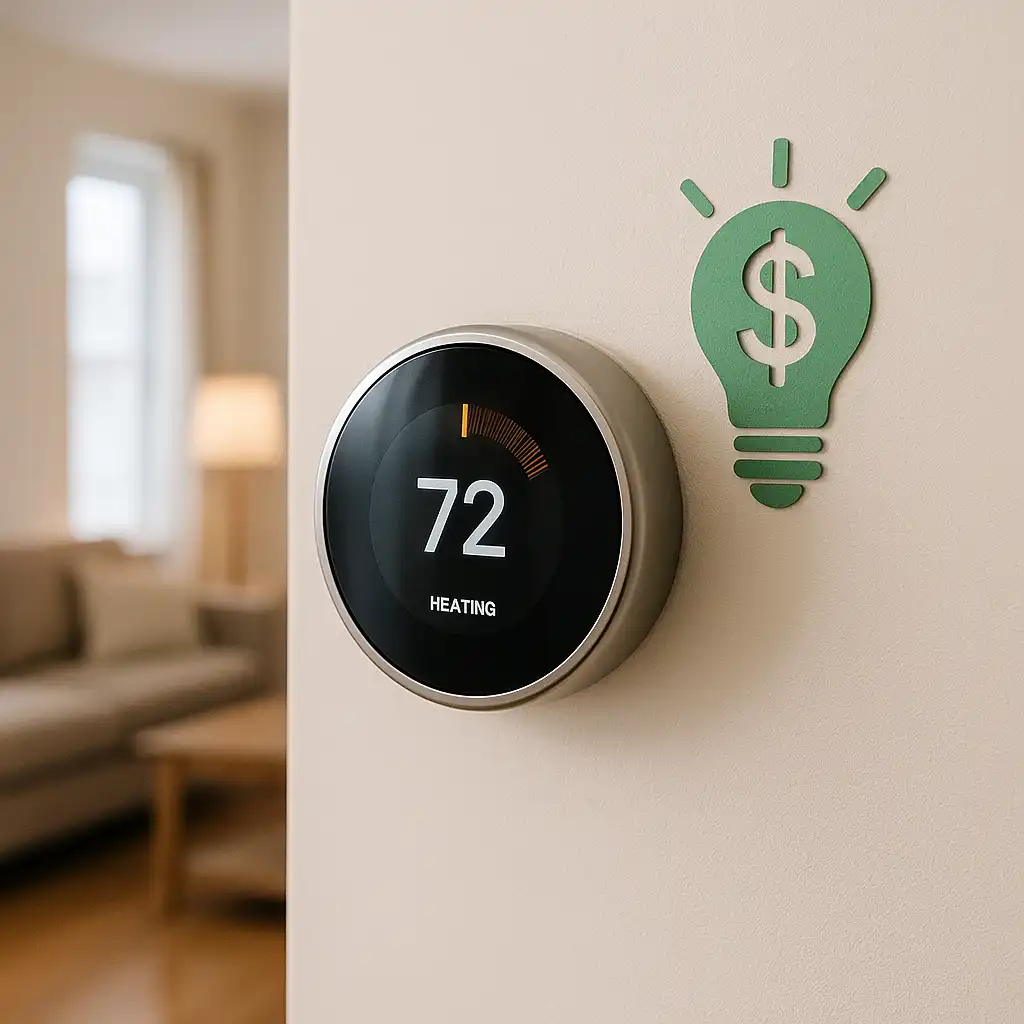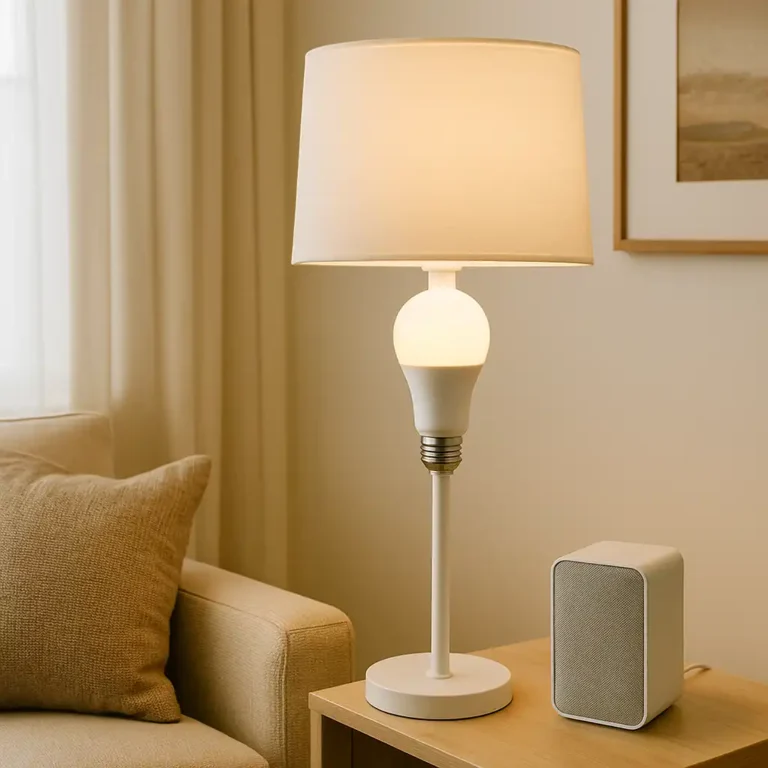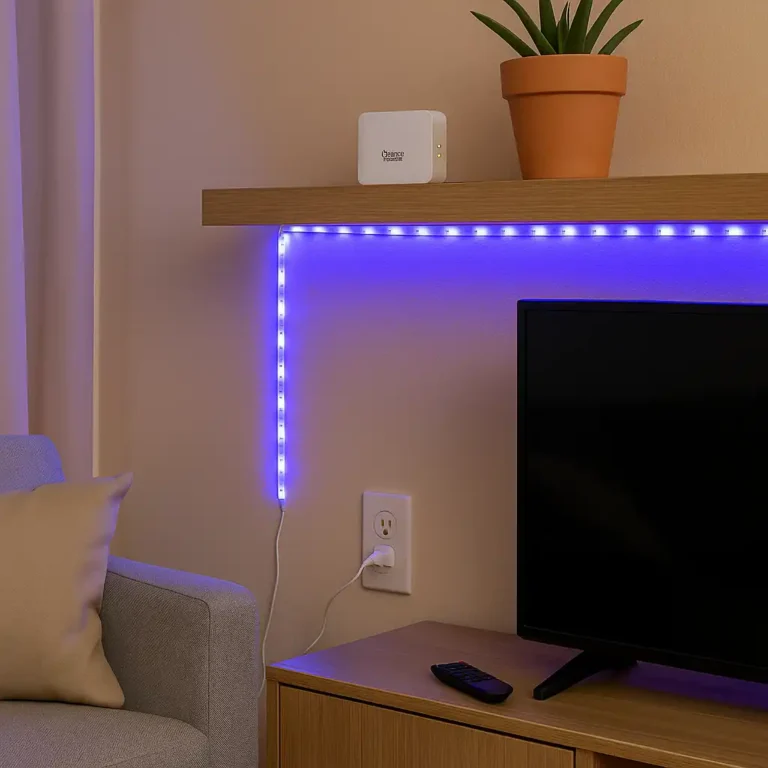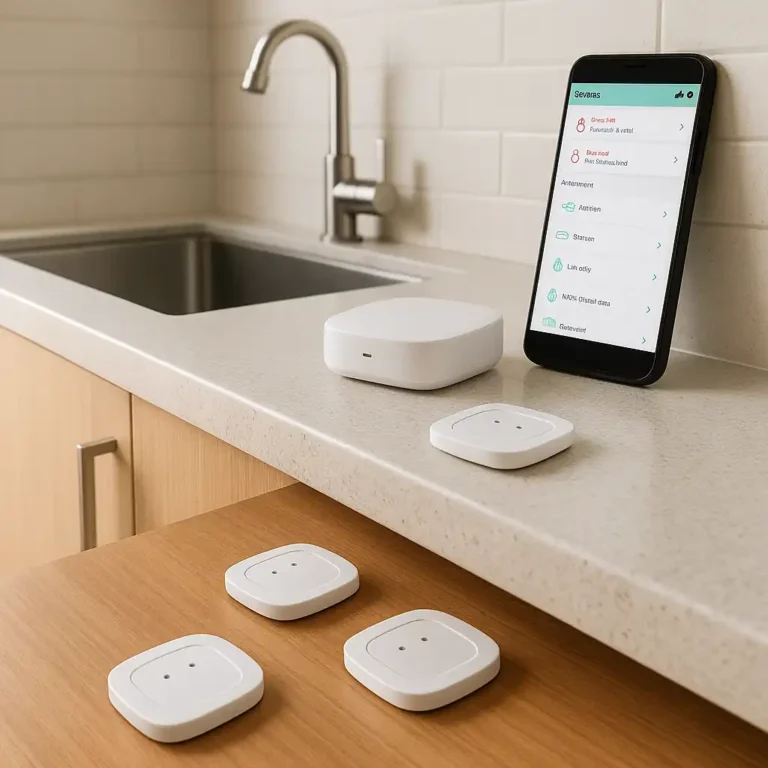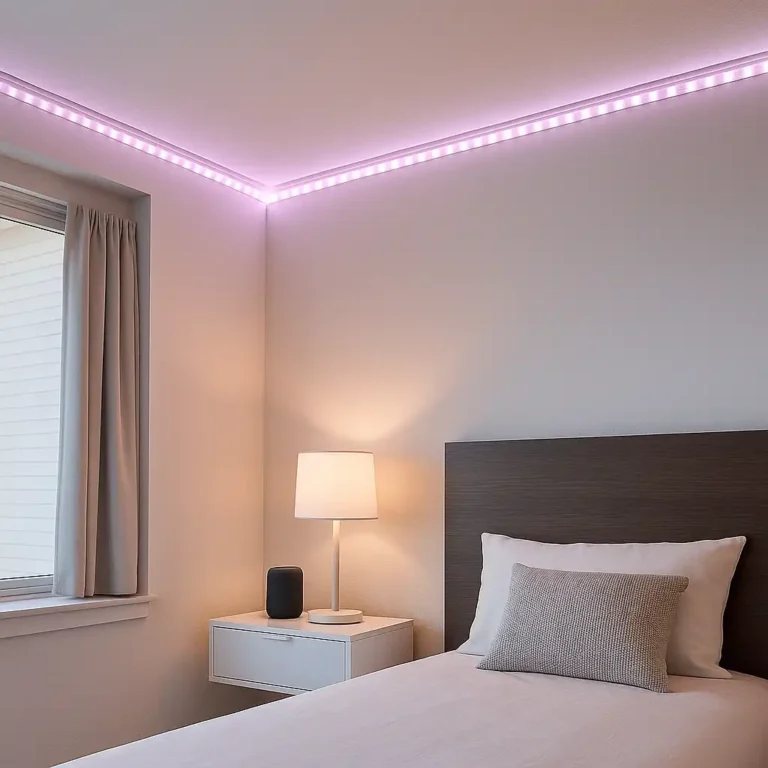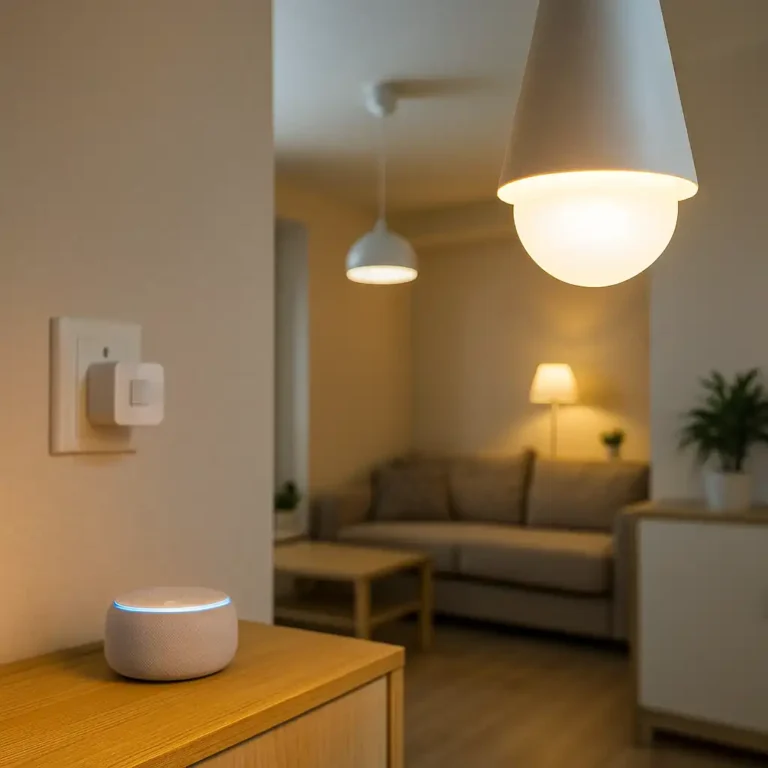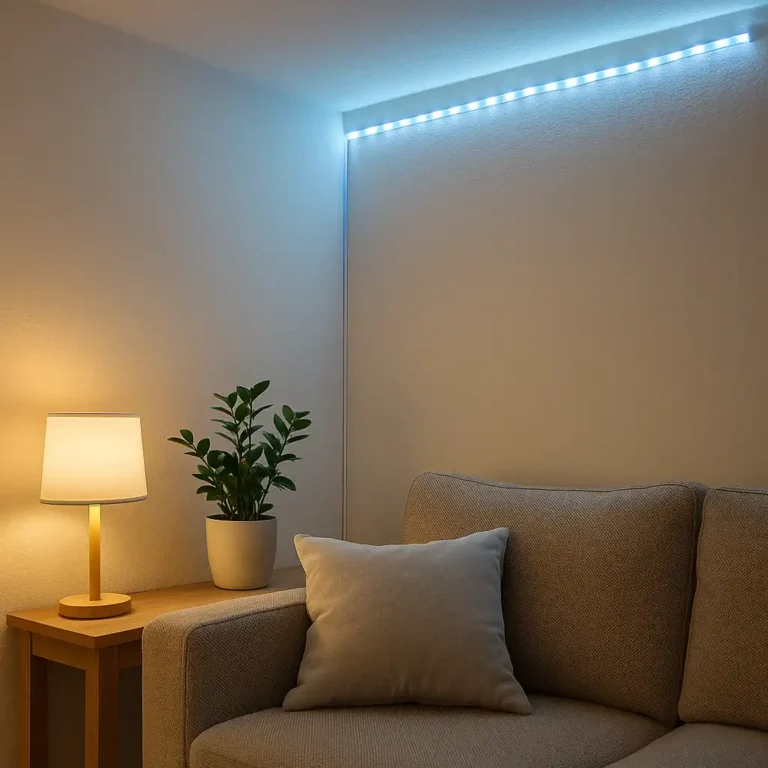Do Smart Thermostats Save Money – A Renter’s Guide
Last Updated: September 14, 2025
Smart thermostats are marketed as energy savers, but renters often wonder if the benefits are real. Energy bills, landlord restrictions, and installation limits make the decision tricky. The good news is that renter-friendly models exist, and they can make a difference without breaking your lease.
👉 Curious which models are best for renters? Explore our smart thermostat recommendations.
🔍 Why Renters Ask: Do Smart Thermostats Save Money?
Most renters want lower utility bills, but many leases come with outdated or basic thermostats. That leaves you heating or cooling when no one’s home, which wastes money. Smart thermostats promise automation, scheduling, and remote control that could reduce this waste, making them attractive even if you don’t own the property.
🔍 How Smart Thermostats Actually Work
A smart thermostat learns your schedule, senses when you’re home or away, and adjusts temperatures automatically. For example, the Nest thermostat connects to Wi-Fi and tracks your patterns to fine-tune heating and cooling. That way, you’re not paying for energy when the apartment is empty.
👉 Avoiding common setup mistakes makes these devices more effective. See our guide on smart apartment mistakes renters should avoid.
🔍 Key Benefits of Smart Thermostats for Renters
The biggest advantage is control. You can change the temperature from your phone, set schedules, and integrate with Alexa or Google Assistant. Over time, these small changes add up, which is why many renters find smart thermostats worth it. They also help keep the space comfortable without constant manual adjustments.
🔍 Installation Basics for Apartments and Rentals
Most modern smart thermostats are designed for easy DIY installation. Many models don’t require permanent changes, though some HVAC systems may need a C-wire. If you’re trying to figure out how to install a Nest smart thermostat, you’ll find that setup usually takes less than 30 minutes with step-by-step app instructions. For rentals, the key is choosing a model that’s removable when you move out.
🔍 Smart Thermostat Options for Apartments vs Rental Homes
Apartments often have simpler systems, so a thermostat that works without a C-wire is usually the best choice. Rental homes may have more complex setups, making compatibility checks essential before you buy. If you also use voice assistants, pairing Alexa with your heating and cooling makes management easier and more flexible.
🔍 Realistic Savings: What to Expect in an Apartment or Rental Home
Smart thermostats can trim 8–12% off heating and cooling costs on average. In a small apartment, that might be modest, but still noticeable over a year. For larger rental homes, the savings can be higher—especially if your system runs often or if you forget to adjust temperatures manually.
👉 Starting fresh in a rental? Check out our guide to setting up a smart apartment for renters to see which basics make the biggest difference.
📌 Key Takeaways
- Smart thermostats cut wasted energy by learning your schedule.
- Savings depend on your HVAC setup, apartment size, and usage.
- Renters should always check compatibility and landlord approval before installing.
🟢 FAQs
Q: Do smart thermostats work in small apartments?
Yes. Even in compact spaces, automation prevents unnecessary heating and cooling.
Q: Can I install a smart thermostat in an apartment without a C-wire?
Some models, like the Nest, can work without a C-wire, but always confirm compatibility.
Q: Are smart thermostats really worth it for renters?
If you value energy savings, comfort, and convenience, they’re usually worth it—especially with easy-install, renter-friendly models.
✅ Conclusion
So, do smart thermostats save money? For most renters, the answer is yes, but the amount varies. They make apartments and rental homes more efficient, cut wasted energy, and add modern convenience without permanent changes.
